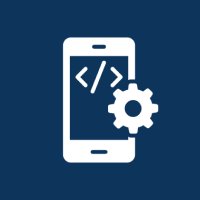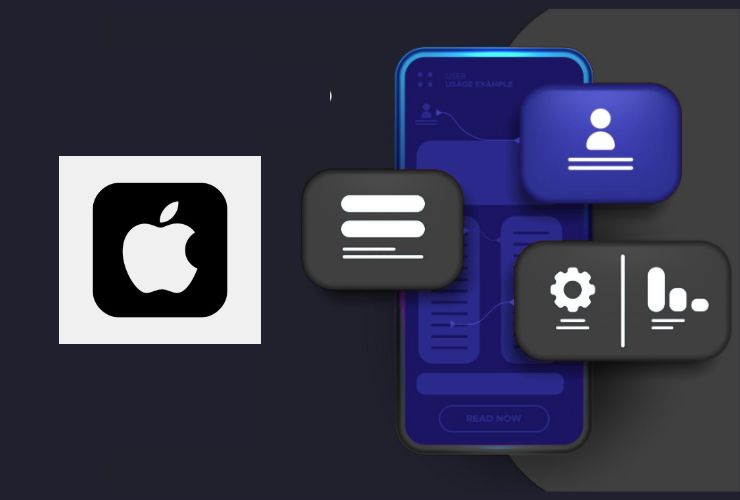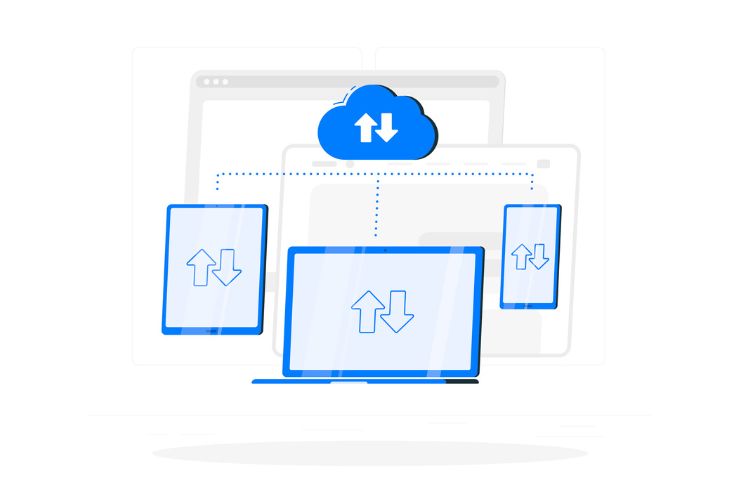Apple is rapidly driving innovation. The tools for iOS developers are evolving faster than ever before. Two groundbreaking frameworks are SwiftUI and ARKit. These tools transform how apps are built and how users engage with them. This applies to iPhones, iPads, and upcoming devices like the Apple Vision Pro.
These technologies create a new world of intuitive design and immersive experiences. Seamless integration is no longer a fantasy—it’s the norm.
SwiftUI: Simplifying UI Development with Poise and Resilience
SwiftUI is Apple’s declarative user interface framework for building user interfaces for every Apple platform. It’s fundamentally changes the way by enabling developers to craft interfaces using fewer code lines, with increased readability, and significantly improved responsiveness.
Why SwiftUI Matters:
Declarative Syntax: Instead of specifying all UI behavior in direct, step-by-step detail, SwiftUI enables developers to declare what they want at the end and let the framework handle the “how.”
Unified Development: Write once, run anywhere—SwiftUI compiles natively for iOS, macOS, watchOS, and tvOS, putting an end to duplication and fragmentation.
Live Previews: SwiftUI works together with Xcode directly to provide live previews, allowing for faster iteration and visual debugging.
Animations and Transitions: Easier-to-code advanced animations.
This streamlined approach demands quicker prototyping and less boilerplate code, enabling developers to concentrate on creativity and user experience rather than boilerplate.
ARKit: Propelling the Augmented Reality Ecosystem
ARKit continues to be in the vanguard of making augmented reality development simple and powerful for iOS. As spatial computing goes more mainstream, ARKit will power interactive, 3D experiences that blend the digital and real worlds.
Key Features of ARKit:
- World Tracking: Track real-world environments and place digital objects within them with great precision.
- Scene Reconstruction: Learn about walls, surfaces, and objects to create more realistic interactions.
- People Occlusion & Motion Capture: Bring experiences to life by detecting human motion and integrating virtual content accordingly.
- Object Detection: ARKit can detect recognized 2D and 3D objects, unlocking education, industrial, and retail applications.
With ARKit, app developers can create apps that go far beyond entertainment—from training simulation and design visualizations to AR shopping and spatial productivity apps.
The Rise of Spatial Computing
Apple’s vision of the Vision Pro heralds a radical future in which spatial computing is front and center. Apps are no longer on a screen—they’ll be in space, projected into the user’s world. This will require developers to set aside old mobile UI thinking and think about how apps can function in an entirely immersive, spatial experience.
Developers who make ARKit, RealityKit, and SwiftUI their choice for visionOS today are laying the foundation for tomorrow’s mass-market spatial apps.
iOS Development Trends of the Future
Aside from frameworks, developers must also keep abreast of bigger changes that affect iOS development:
- Core ML & AI Integration: While device-side intelligence increases, Apple makes it possible for developers to deploy machine learning models on devices while preserving privacy and performance.
- App Clips & Instant Experiences: Offer lightweight, on-the-spot app capability without a full download—ideal for small tasks or discovery situations.
- Accessibility by Default: Elements like VoiceOver and Dynamic Type are now standard; inclusive design is no longer a choice.
- Swift Concurrency: With async/await, fast, readable asynchronous code has never been so effortless or scalable.
Best Practices for Next-Gen iOS Apps
To succeed in this evolving environment, developers should:
- Master SwiftUI & ARKit: They’re no longer nice-to-know skills—more like a must-have to make apps that fit into the Apple ecosystem.
- Put User Experience First: Smooth transitions, minimal taps, and responsive design remain cornerstones.
- Continuously Learn: Apple’s WWDC conference, staged annually, shows important updates—remain up to speed to remain competitive.
- Optimize for Performance and Privacy: These are core principles of Apple’s way and determinative factors in App Store approval and user trust.
Conclusion: The Road Ahead
SwiftUI and ARKit aren’t tools, they’re foundations of a new era of spatial and mobile computing. As iOS development extends beyond the screen into immersive environments and fluid, cross-device workflows, developers get to craft new interactions that shape how people work, live, and play.
By embracing these frameworks, developers support Apple’s vision of beautiful, privacy-focused, high-performance software. They aren’t just preparing for the future—they’re creating it.













 Database Development
Database Development












































